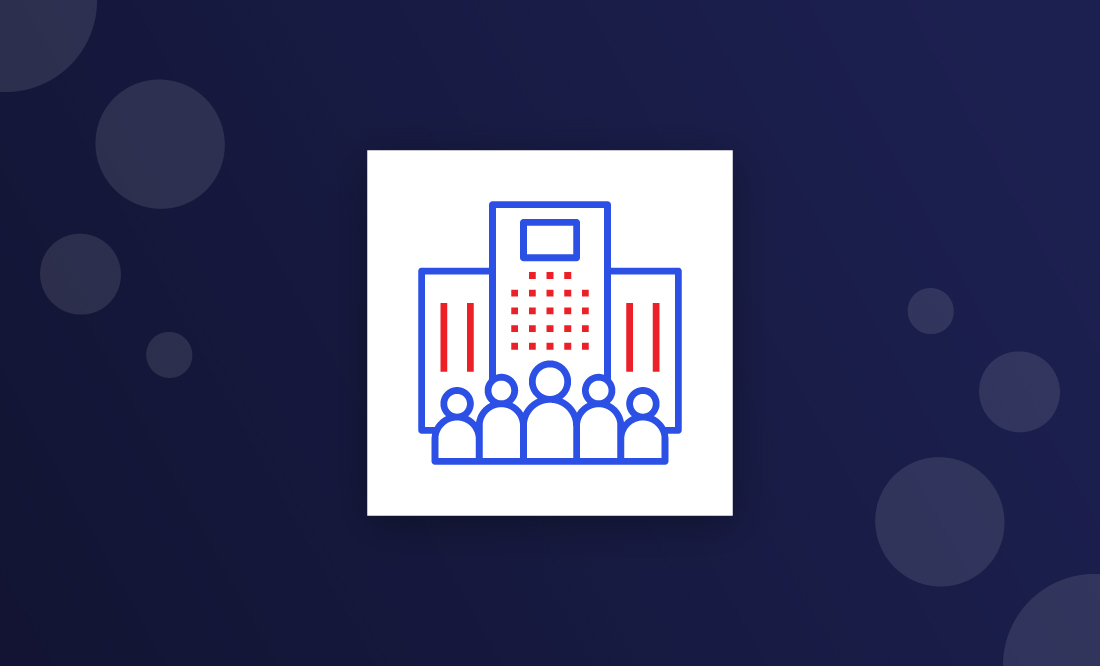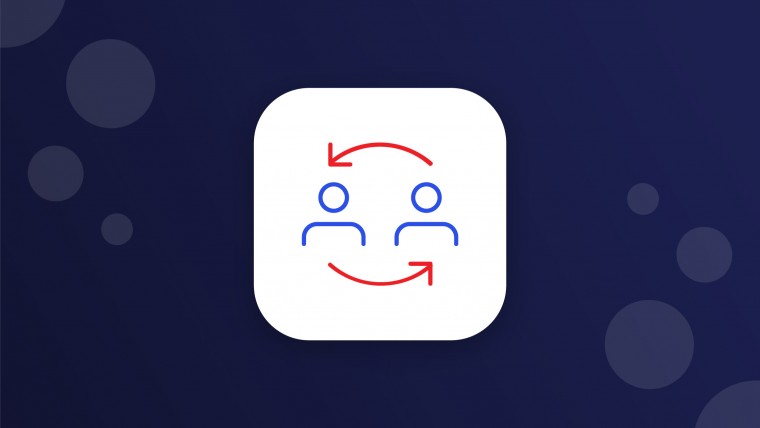Team building practices are an imperative part of business goals. When aiming for corporate improvement, team building practices do more than offer experiences through exercises, such as growing employee abilities and correspondence and keeping those outcomes even after the team building activities end. The principle objectives of team building are to enhance profitability through inspiring employees as they learn the value of working together.
Team building programs offer practical interactions that enable individuals to work together toward a shared objective. The success of team building activities lies in the creating viable groups that work well together.
Hosting team building activities outside the office has many benefits. It removes diversions and helps people put their difference and hindrances aside, and have a great time. The advantages of team building programs are so significant, in fact, that many organizations have made team building initiatives a regular priority in companies.
What is a Team?
In team building exercises, the term “team” applies to any group of individuals that is sorted to work together in the team building objective.
In the workplace, you might have another type of team, the team(s) that you participate in a wide range of activities on a daily basis, such as your main work “group” that is essential to your work tasks for your organization The finished results of this team typically either serve the organization’s outside clients directly or in support of the company itself.
Types of Teams
There are various types of teams in a given organization. Some teams are permanent while others are temporary. Some are a part of the corporate hierarchy while others are adjunct. One thing you can be sure of is that no matter what your personal career, it include working with teams at various points in time and process. Let’s take a look at the most widely recognized types of teams in the work environment.
- Departmental Teams: Departmental teams have been a part of business for ages. Members of a departmental team identify with a specific task or specialty, with everyone on the team working toward accomplishing a specific goal set by the organization Departmental teams are permanent and typically work on continuous projects or goals.
- Problem Solving Teams: Problem solving teams are typically temporary and focus on solving a particular issue. For instance, after the 2008 monetary emergency, many organizational task force and problem solving teams and/or legislative boards of trustees were faced with finding solutions to help the nation move out of a difficult situation. Once guidelines were set up and designs shaped, the task force were no longer needed and disbanded.
- Virtual Teams: A virtual team can be any kind of team that works remotely through various digital platforms, rather than face to face. Simple communication tools allow supervisors to build teams based on skills and knowledge, rather than location.
- Cross-Functional Teams: In many business settings, permanent colleagues team up with various departments to handle certain priorities for the organization. One such example could be something such as a new product launch. In circumstances of cross-functional teams for goals such as this, correspondence between internal departments is essential to address and meet specific project goals.
- Self-managed Teams: Self-managed teams are often the most empowered type of team in an organization, as they need to have the power to make decisions. Each member of a self-managed team bears a specific range of responsibility reflective of how their personal abilities help them make informed decisions, complete assignments, and/or deliver services for clients. Organizations with self-managed teams often say their employees tend to feel more ownership for projects than those without these types of teams.
The Importance of Team Building on Organizational Effectiveness
When colleagues function well together, either on specific team related projects or in different divisions, it enhances productivity, morale and quality of both end product and the overall organization.
Team building also helps to:
Improve Teamwork: When a group of individuals works together as a team they almost always generate better results. A team can achieve much larger, and better, goals than a single individual.
Build Stronger Relationships: When team works together, they often combine and therefore learn new approaches, helping them face challenges and projects in new ways. They also work to help each other to overcome weaknesses. Working together leads to caring about their colleagues and saying focused on reaching positive results for the organization.
Raises Employee Morale: The most important advantage of team building is that it helps to build enthusiasm and raise employee morale. It helps employees improve their interpersonal skills and become more confident in dealing with challenging projects.
Building an Effective Team
The essential step to building a team and leading them effectively is to establish your leadership with each employee. Remember that the best team leaders create relationships based on trust and dependability, as opposed to fear or the power of their positions. To establish an effective team, a leader should:
- Consider each employee’s idea as valuable
- Be aware of their feelings in the workplace
- Build communication bridges
- Be clear when communicating with them and decrease any chance of ambiguity
- Encourage new ideas
- Empower them to make important decisions
- Delegate problem-solving tasks
- Evaluate team performance
- Encourage listening and brainstorming
- Set ground rules for them
- Make sure end goals are clearly established
If done correctly, team building can be a game changer, resulting in company growth and better results. Team building can also help to create a tension-free working environment, directly affecting employee productivity. Making collaboration a key part of business operations, where individuals share their skills and help one another will create a positive and peaceful working environment, a sense of harmony that will better the organization overall.







